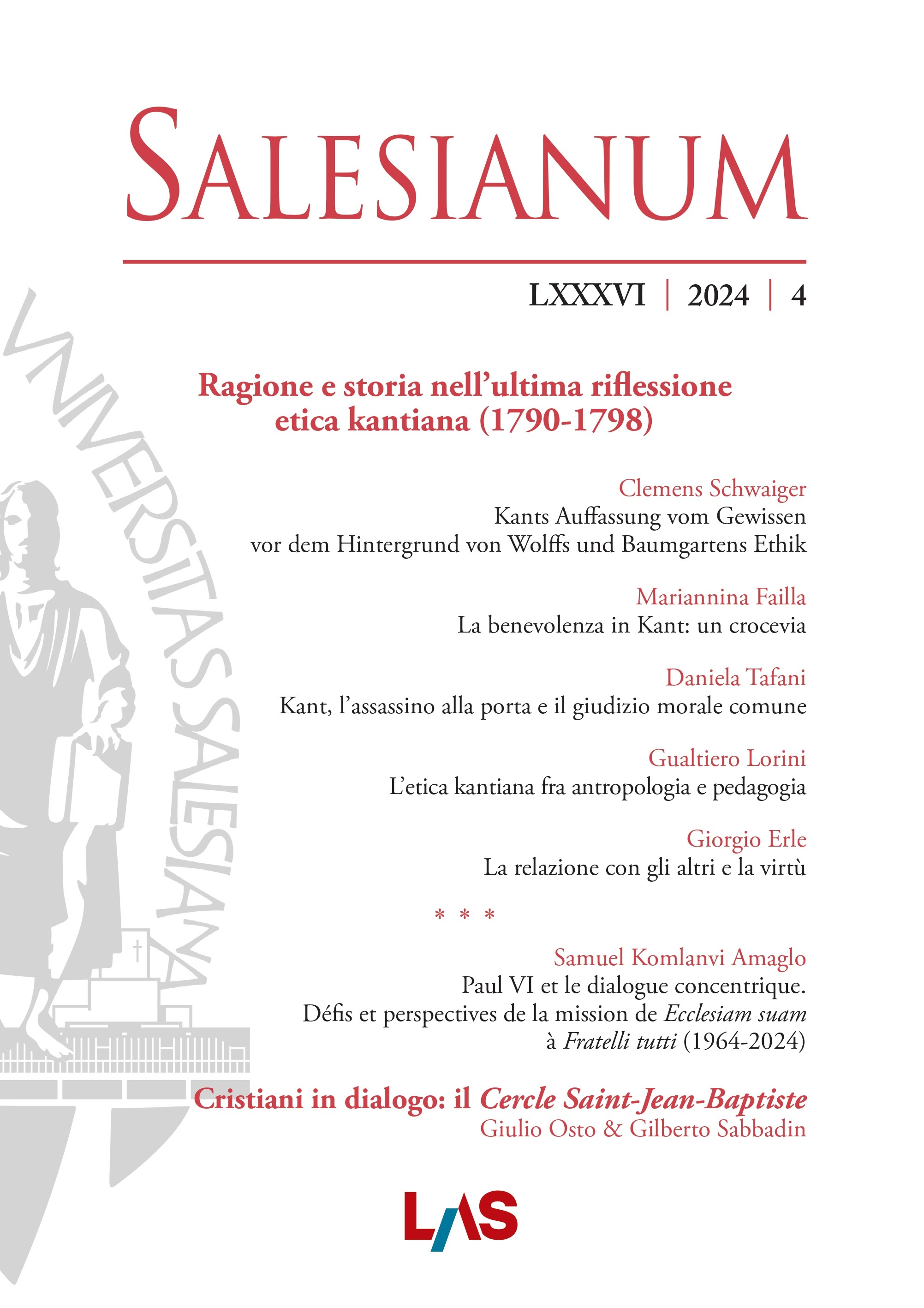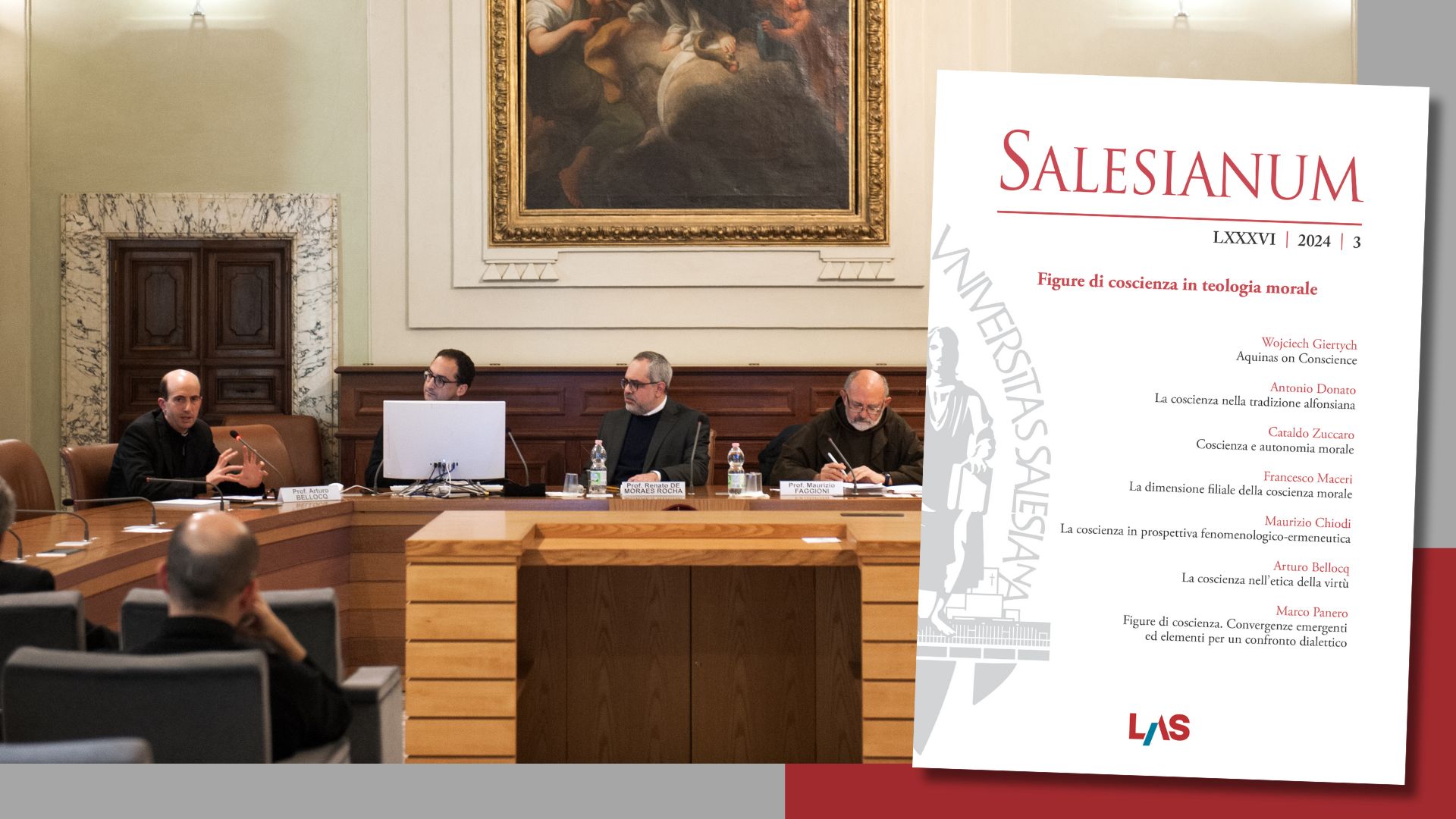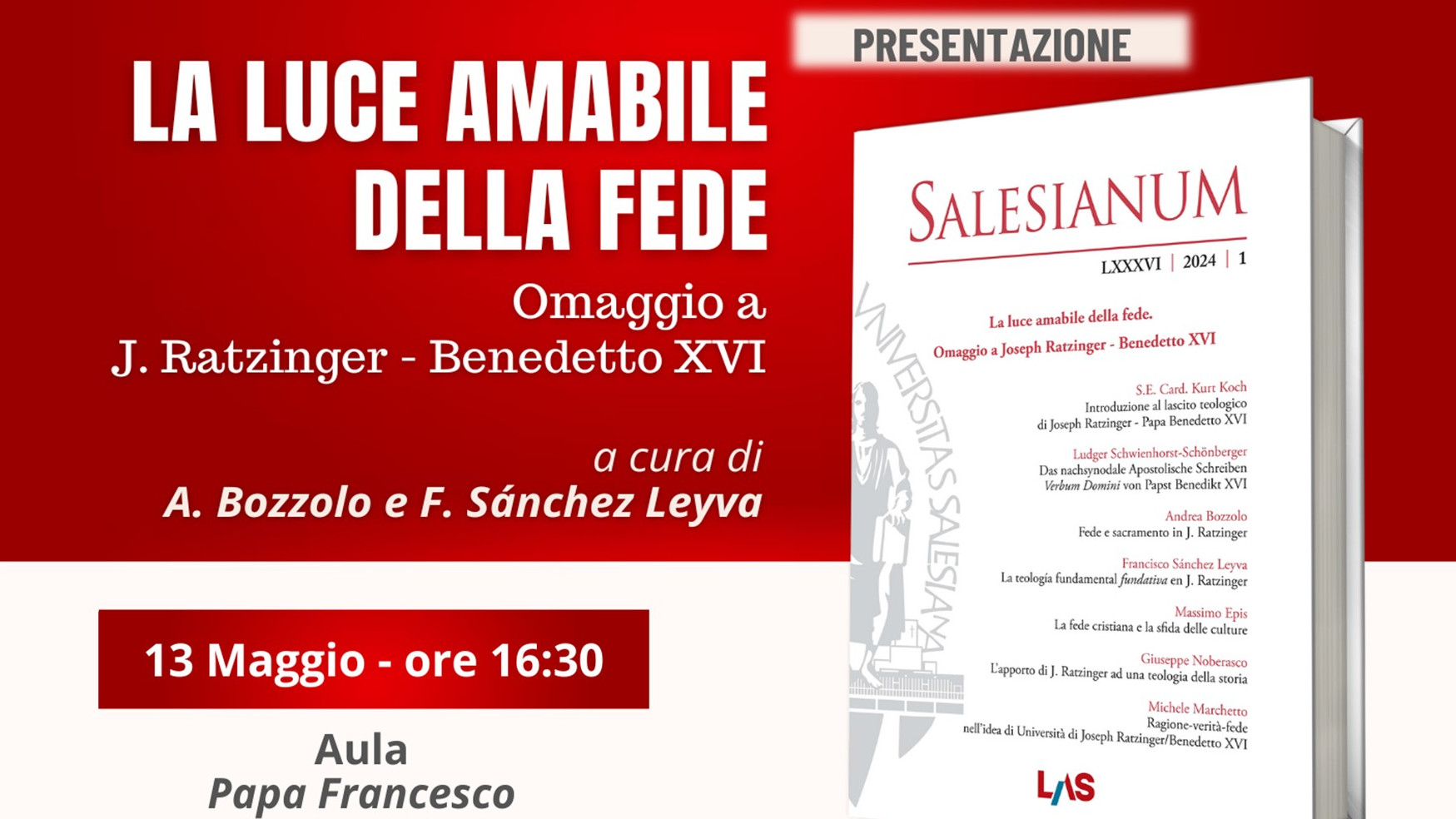Evangelizzazione e catechesi nell'era dei media sociali: le «parole» dei papi per le giornate mondiali della comunicazione sociale e il Direttorio per la catechesi
Salesianum vol. 84 (2022) n. 3, 507-530
Sezione: Studia
Sommario
L’articolo, come annuncia il titolo, affronta un tema che si presenta oggi tanto necessario quanto nuovo nei processi di evangelizzazione e catechesi, cioè il linguaggio e comunicazione dei cosiddetti ‘media sociali’, oggi in continua e variegata espansione. È una riflessione che richiede riferimenti sicuri per non cadere nel generico e nell’impreciso. Per questo l’Autore richiama all’inizio il contesto attuale del fenomeno comunicativo chiamato infosfera, a cui aggiunge quello della “complessità” e del “meccanismo della sorveglianza” a cui si deve adeguare un rinnovato annuncio di fede. A tale scopo viene proposta una panoramica su alcuni documenti magisteriali maggiori sulla comunicazione, e in misura specifica il pensiero di Giovanni Paolo II, di Benedetto XVI e di Francesco che hanno come comune denominatore, specie nelle riflessioni degli ultimi tre Pontefici, la comunicazione digitale, e nello specifico Internet e i social network. E come autentica novità, facendo diretto riferimento alla riflessione catechistica attuale sono presentate sinteticamente “le novità” del recente Direttorio per la catechesi (2020) sul valore e impiego dei “media digitali”, con un bilancio critico degli aspetti positivi e dei rischi e aspetti negativi. Si apre così un cammino autorevole fin qui inedito cui farà seguito un approfondimento operativo nel campo dell’evangelizzazione e catechesi.
Parole chiave
Evangelizzazione | Catechesi | Magistero | Comunicazione digitale | Social network
Abstract
As the title suggests, this article deals with a contemporary theme that is as necessary as it is new in the processes of evangelization and catechesis, that is, the language and communication of the so-called 'social media' which is in continuous and varied expansion. It is a reflection based on reliable sources rather than on generic and imprecise assumptions. The Author initially refers to the current context of the communicative phenomenon called the infosphere, that includes the “complexity” and the “mechanism of surveillance” to which a renewed announcement of faith must be adapted. For this purpose, an overview of some major magisterial documents on communication is presented, and in particular the reflections of the last three Popes: John Paul II, Benedict XVI and Francis, who have digital communication, specifically the Internet and social networks, as a common denominator. The article briefly refers also to the “novelties” of the recent Directory for Catechesis (2020) on the value and use of “digital media”, with a critical assessment of the positive and negative aspects as well as the risks. This opens up a trust-worthy path, which will be followed by a hitherto unpublished operational study in the field of evangelization and catechesis.
Keywords
Evangelization | Catechesis | Magisterium | Digital communication | Social network


